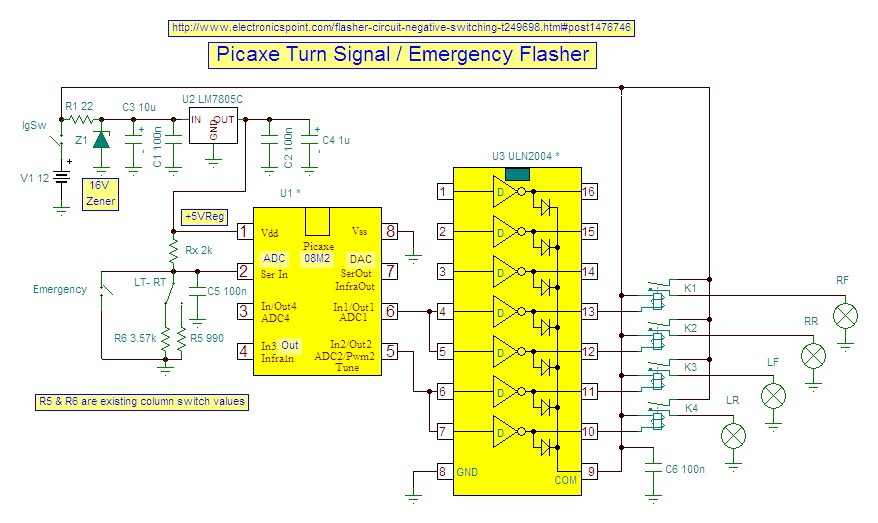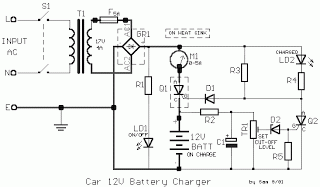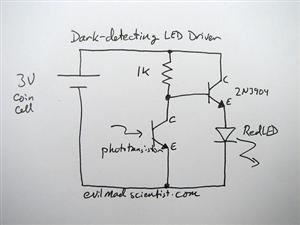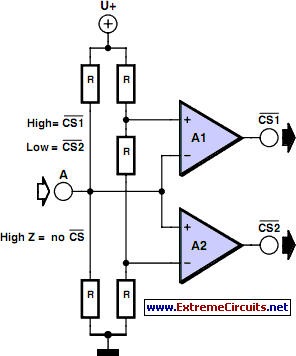
Flasher circuit negative switching

Access to the resistors was available, and measurements indicated an open circuit when disconnected from any ground or input source.
The circuit in question involves resistors that have been verified for accessibility. When measured in isolation—meaning they are not connected to any ground or input sources—the resistors exhibit an open circuit condition. This indicates that there is no continuity through the resistors, which could suggest either that the resistors are functioning correctly (if they are intended to be open in this state) or that there is an issue that requires further investigation.
In a typical electronic schematic, resistors are represented by zigzag lines and are often labeled with their resistance values. The configuration of these resistors within a circuit can significantly affect the overall functionality, such as voltage division, current limiting, and signal attenuation.
To ensure accurate measurements, it is crucial to use a multimeter set to the appropriate resistance measurement mode. The probes should be connected to the resistor terminals without any other circuit components influencing the readings. If the resistors are part of a larger network, it may be necessary to isolate them from the circuit to obtain accurate measurements.
In practical applications, understanding the behavior of resistors in an open circuit condition is essential for troubleshooting and circuit analysis. If a resistor is expected to conduct but measures as open, it may indicate failure or disconnection, necessitating further inspection of the circuit layout and connections.Actually did (do) have access to the resistors but yes measured open (disconnected from any ground source or input source).. 🔗 External reference
The circuit in question involves resistors that have been verified for accessibility. When measured in isolation—meaning they are not connected to any ground or input sources—the resistors exhibit an open circuit condition. This indicates that there is no continuity through the resistors, which could suggest either that the resistors are functioning correctly (if they are intended to be open in this state) or that there is an issue that requires further investigation.
In a typical electronic schematic, resistors are represented by zigzag lines and are often labeled with their resistance values. The configuration of these resistors within a circuit can significantly affect the overall functionality, such as voltage division, current limiting, and signal attenuation.
To ensure accurate measurements, it is crucial to use a multimeter set to the appropriate resistance measurement mode. The probes should be connected to the resistor terminals without any other circuit components influencing the readings. If the resistors are part of a larger network, it may be necessary to isolate them from the circuit to obtain accurate measurements.
In practical applications, understanding the behavior of resistors in an open circuit condition is essential for troubleshooting and circuit analysis. If a resistor is expected to conduct but measures as open, it may indicate failure or disconnection, necessitating further inspection of the circuit layout and connections.Actually did (do) have access to the resistors but yes measured open (disconnected from any ground source or input source).. 🔗 External reference





